UPDATER: Wairarapa Moana mussels in deep trouble – survey
By Martin Freeth
Trees of Martinborough
Kākahi/ freshwater mussel populations in Lake Wairarapa are in deep trouble due to water pollution and the effects of climate change – a condition confirmed again in preliminary results from recent monitoring by NIWA ecologist Mark Fenwick and his band of “citizen scientists.”
Mark was joined by about 30 Wairarapa locals and a group of environmental specialists from Greater Wellington Regional Council and the Department of Conservation for the 10th annual ‘kākahi count’ at Western Lake Reserve on Saturday, 10 February. Ten teams of three people waded into the shallows and collected mussel samples for measurement and visual assessment of their shells.
The Lake Wairarapa kākahi programme is thought to be unrivalled in New Zealand for this type of longitudinal field study because of its duration – researchers now have 10 years of consistent data – and on-going support from local people. including iwi.
Locals have been responding to the call for interested and methodical helpers since the first count was organised in 2015. Scientific focus on the kakahi is part of the Wairarapa Moana Wetlands Project, a collaboration led by Greater Wellington and involving a group of bodies which all share a strong interest in restoring the whole Moana environment.
Mark says the state of freshwater mussels living in the first centimetres of muddy bottom is a key indicator of ecosystem health, which has obviously been under pressure for a long time due to heavy sediment loading in the water, and farm run-off of nitrates and phosphates.
Of all kākahi counted on 10 February, the average length was 61.63 millimetres, little different from 58.64 mm in 2016 – and unfortunately there were no juveniles pulled up in the sampling (these would have shells less than 38mm in length. Length is a proxy for ageing, with older mussels having longer shells).
“As we have come to expect, growth rates are slow and there’s very little sign of any replacement occurring in the population,” he says. “It’s a hugely worrying indication that if we don’t make changes in the system, then the kākahi will go altogether when conditions become particularly unfavourable at some point in time, like during a drought,” he said.
Mark will include the count results and his analysis in a full report which updates the picture from past years for all stakeholders including GWRC, iwi authorities, Pae Tū Mōkai o Tauira (Featherston), Kohunui marae, local farmers and catchment groups, and the Department of Conservation.
Mark says the Lake Wairarapa ecosystem is very complex with no one thing threatening the indigenous shellfish species. Fortunately, awareness of the issues is increasing along with all the Wetland project activities now under way.
“There’s a very clear threat to the kākahi’s ability to survive and thrive in water with such high sediment, phosphorus and nitrogen levels, along with the impacts of climate change and the problems posed by invasive species such as the golden clam,” he said.
The invasive golden clam is not yet in Lake Wairarapa but is a constant risk, already established with hugely detrimental effects in other North Island freshwater bodies.
ends

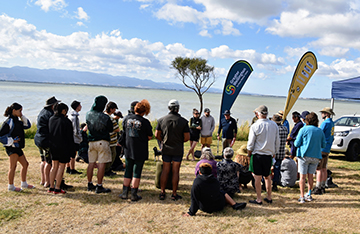




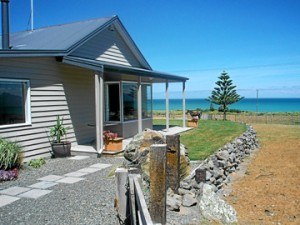
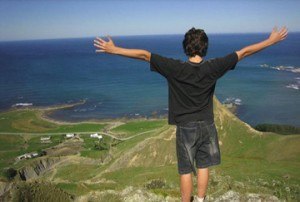




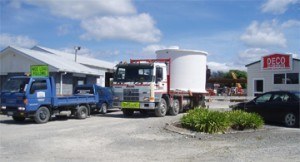
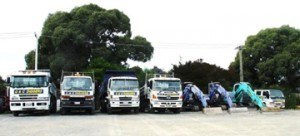

Recent Comments